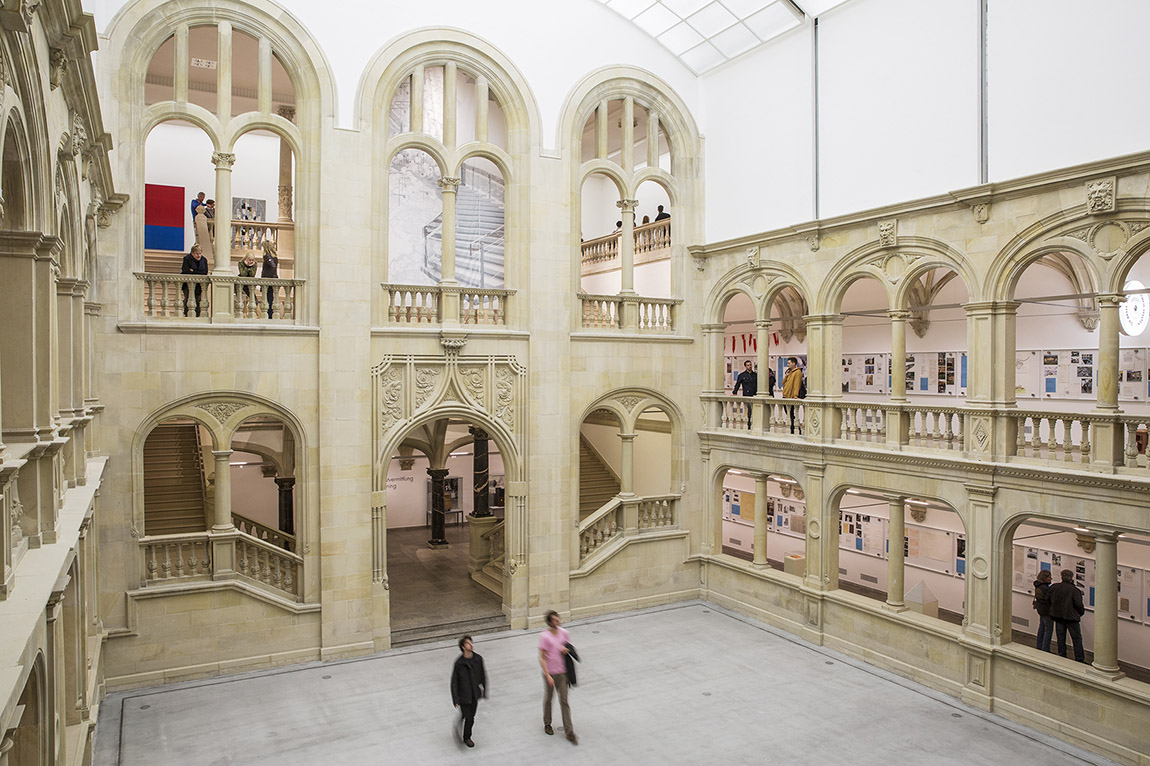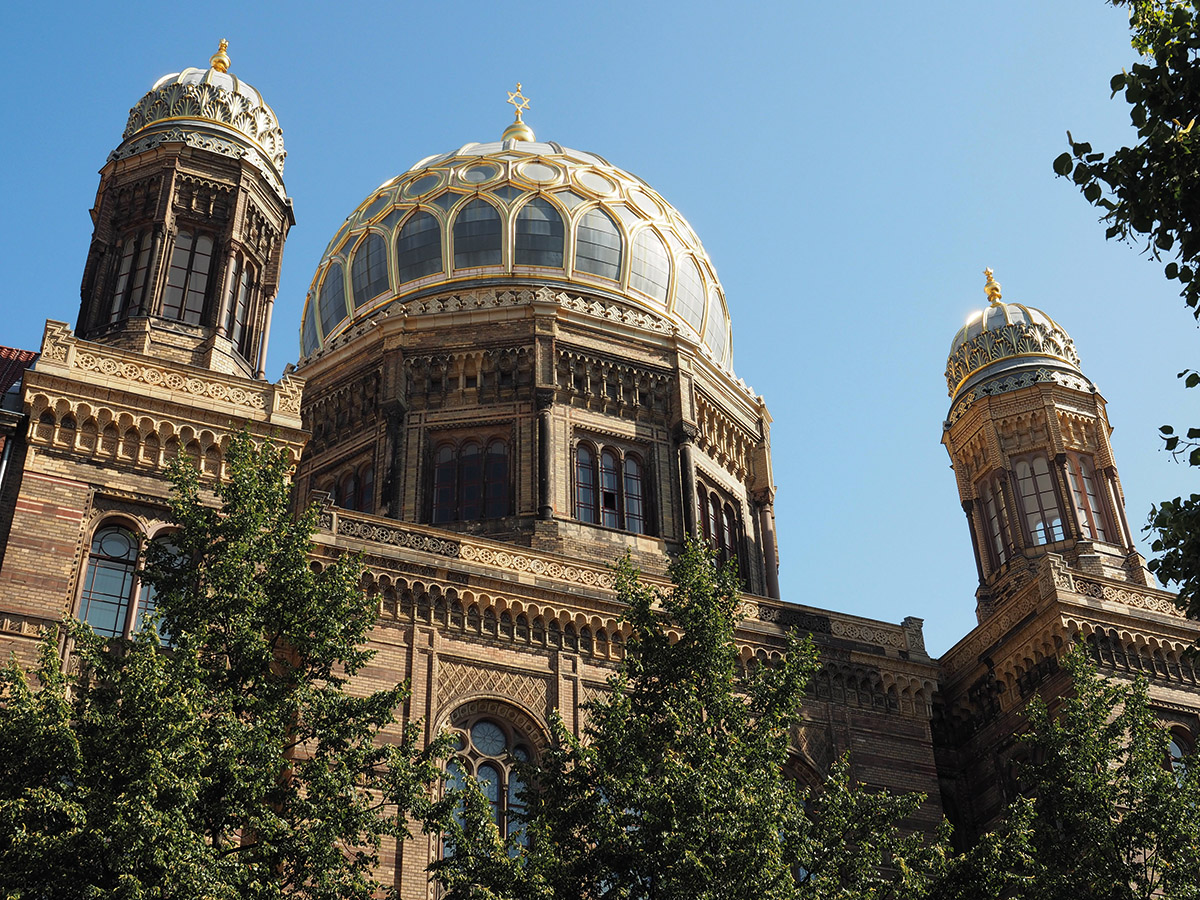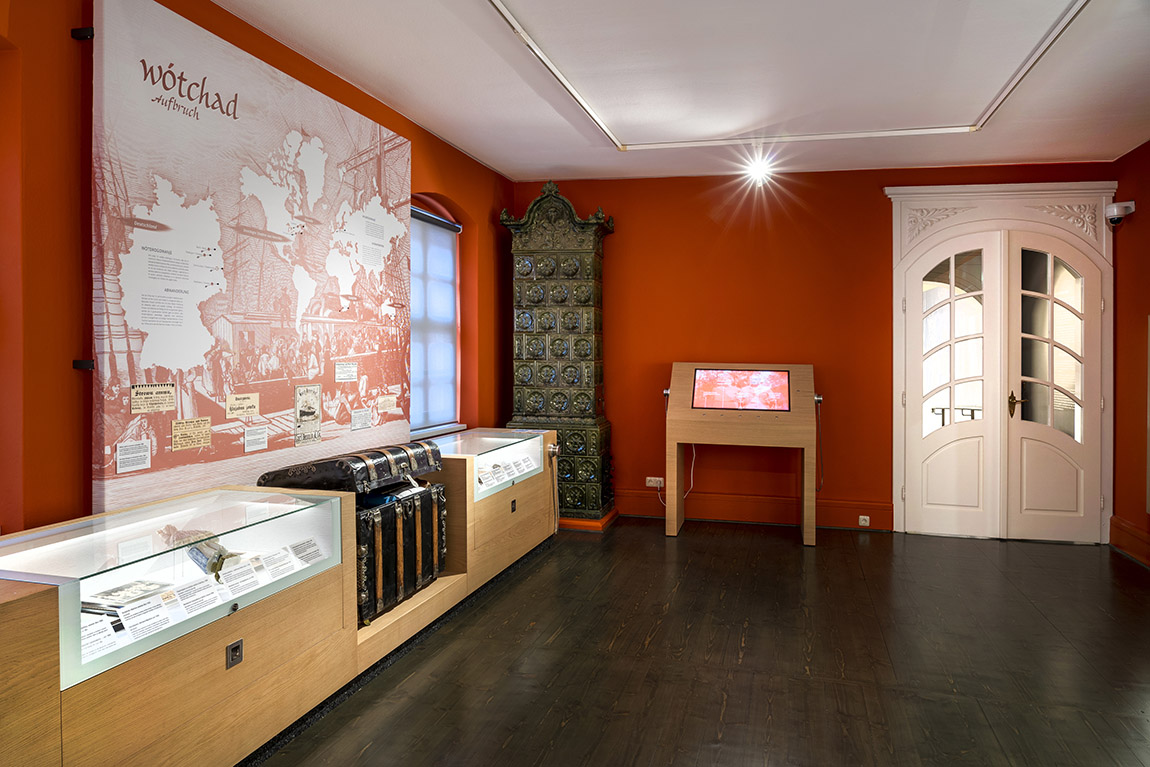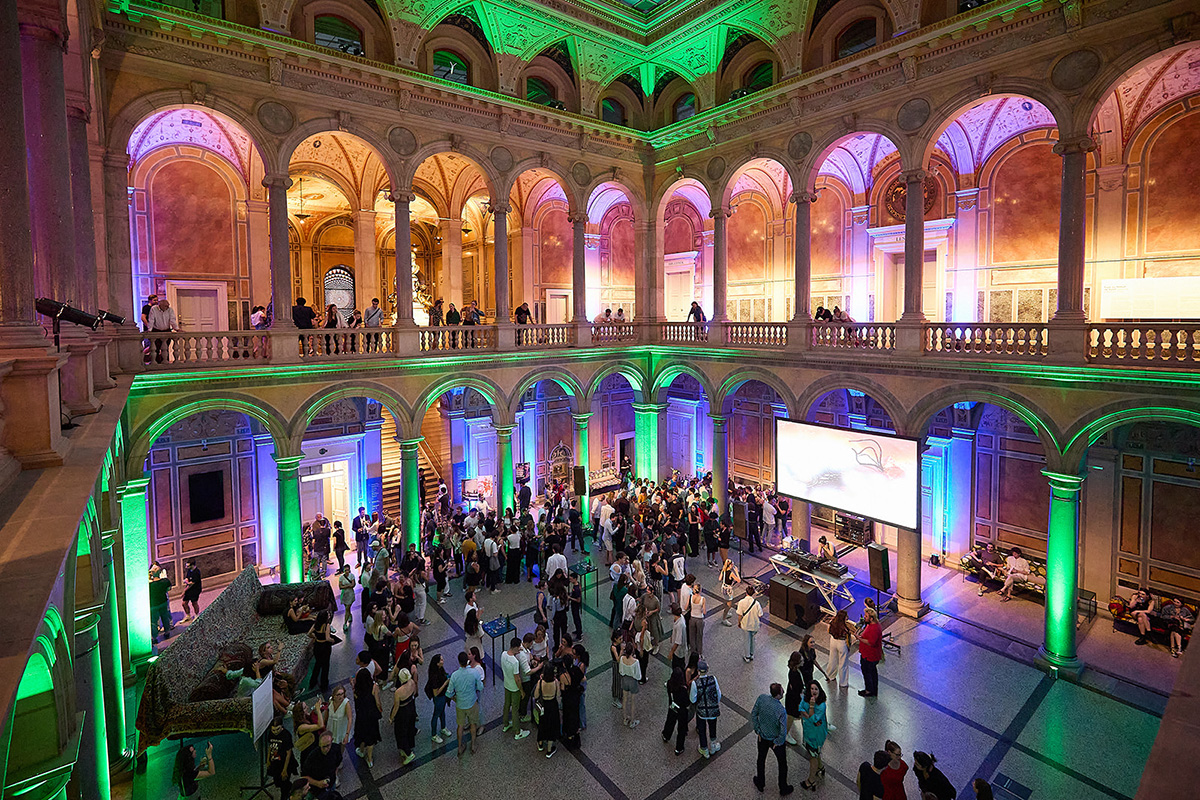The Oskar Reinhart collection Am Römerholz
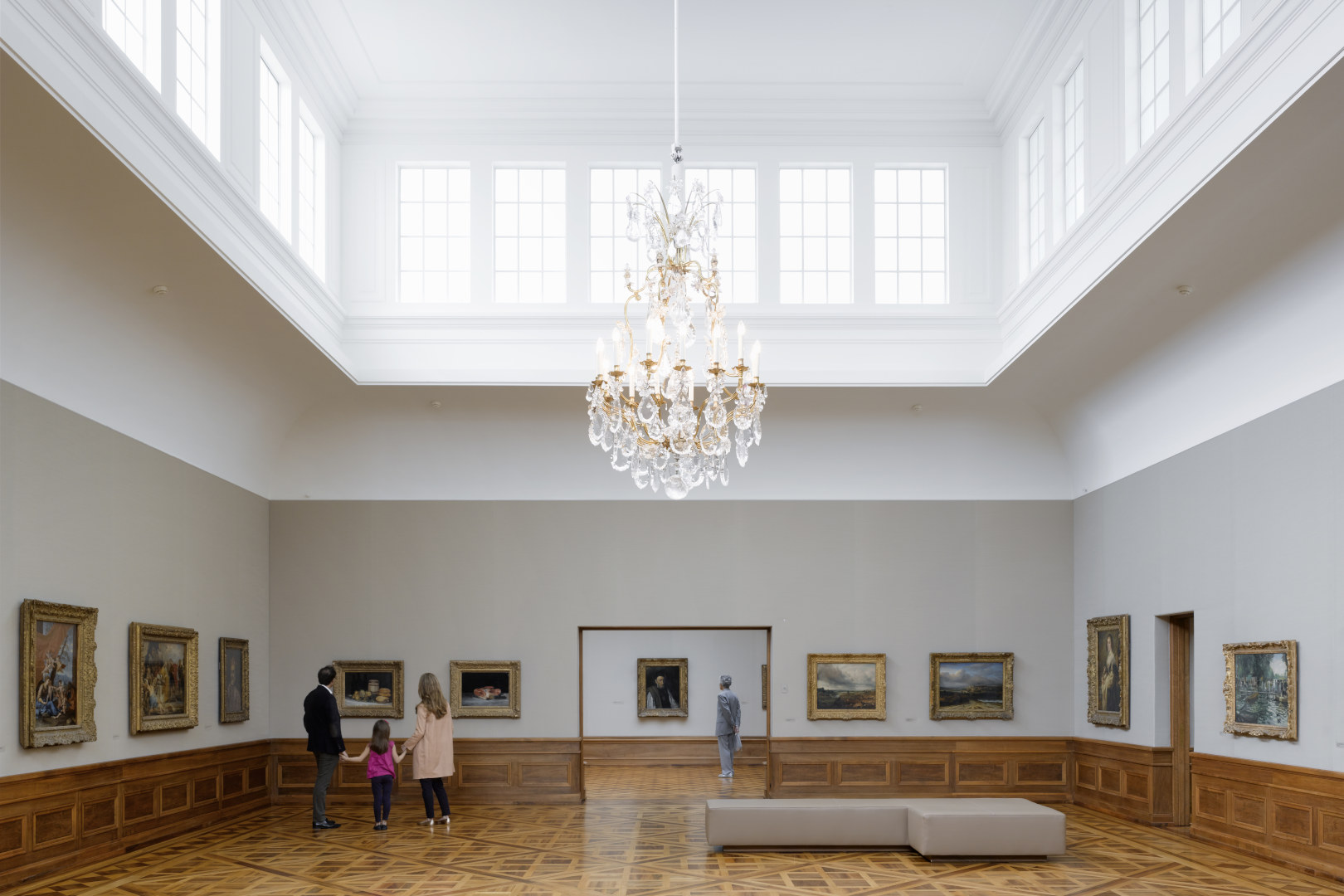
A home for the soul of Impressionism
TEXT: CORNELIA BRELOWSKI | PHOTOS © FEDERAL OFFICE OF CULTURE FOC, BERNE & 2014 DOMINIQUE ULDRY, BERNE
The Oskar Reinhart collection ‘Am Römerholz’ in Winterthur opens the door to a comprehensive understanding of Impressionism, implementing an open, cross-thinking approach that mirrors the original collector’s attitude towards the arts.
A citizen of Winterthur and the offspring of a wealthy local merchant family, Oskar Reinhart (1885 – 1965) was a born art lover, just as his father before him. Together with his brothers and sister, Reinhart grew up in a world infused with art. He quit the family business at the age of 39 to fully focus on his position as art patron and collector. His preferred epoch was French Impressionism and, as art historian Maria Larsson (PR of Collection ‘Am Römerholz’) puts it, he “remained loyal to the artists of his youth and stopped with Picasso’s Blue Period”.
”However, he thoroughly sought out predecessors and influences as well as analysing cross-connecting movements. Therefore, the collection also includes Renaissance and Early Baroque artists, for example of the Venetian school showing an early approach to softer, gestural painting techniques, as well as the English Romantics with their light- and colour-filled landscapes and open layouts.
Reinhart liked to arrange and rearrange the paintings in his mansion to analyse and display interconnections between artists of various epochs, often ignoring the constrictions of chronology. Having lived in London for a few years while still conducting business for his father’s overseas company, he had become interested in John Constable’s paintings, an artist who claimed that “painting is but another word for feeling”. The gestural freedom of Constable’s brush stroke was therefore another area of interest. Thus, taking his picks here and there, Oskar Reinhart fully concentrated on connecting the threads, literally depicting the development it took for the French Impressionists to blossom. His cross-thinking approach has been followed up by the curative work at the ‘Am Römerholz’ collection until today, fostering, as Maria Larsson explains, a “dialogue across the centuries”.
 Pieter Bruegel the Elder, The Adoration of the Kings in the Snow, 1567
Pieter Bruegel the Elder, The Adoration of the Kings in the Snow, 1567
The inherent charm of the collection no doubt stems from the fact that it is displayed in the building and gardens, forming the private home of an art enthusiast. Comparative to international private collections like, for example, the Neue Galerie and the Frick Collection in New York, or Kenwood House in London, the personal touch of the former home of an art patron, with architectural and botanic surroundings constantly interacting with the exhibits, also provide the unique atmosphere and magnetic pull of the ‘Am Römerholz’ mansion.
The collection counts around 200 international works. Focusing on individual artists rather than epochs, Reinhart favoured the most independent ones, those who had arrived at an individual style marked by an innovative use of colour and light. He especially valued Pierre-Auguste Renoir, Édouard Manet and Paul Cézanne, three artists whose work unmistakably invoked the art of the past as well as paving the path to modernism. As for Post-Impressionists, he favoured those who kept close to Impressionism, for example Vincent van Gogh. While the early portrait by Pablo Picasso marks the closest work to modernism, predecessors of Impressionism are well represented, for example with major works by Gustave Courbet, Honoré Daumier and Camille Corot. Old Masters identified by Reinhart as formal inspiration include Lucas Cranach the Elder, Hans Holbein the Younger, Jacopo Bassano, Nicolas Poussin, Jean-Siméon Chardin and Francisco de Goya.
The ‘Am Römerholz’ collection holds a significant position in the art world and draws both national and international art enthusiasts. European Impressionists are of high interest in Asia and the audio guides available have reached a truly multilingual range, with German, English, French, Italian and Spanish, as well as Japanese. For the young visitors, a special audio guide features Oskar Reinhart’s “niece”, inviting the children on an exploratory tour through the premises. In addition, they can engage with art under the guidance of specially trained experts: at a painting workshop or the children’s library. The Mansion also provides a unique backdrop for small-scale conferences and presentations. A room for up to 25 people can be rented in combination with a private guided tour.

Park impressions
Due to the picturesque surroundings, the Déjeuner sur l’herbe picnic at the museum park has been particularly drawing in the crowds. Concerts, expert talks, spoken word events and experimental music are on the cross-disciplinary programme, all of which show as much success as the birthday party offer for the young ones – a refreshing counter scheme to commercial parties conducted in the children’s workshop: Culture and cake, combined!
Oskar Reinhart’s private collection was left to the Swiss Confederation after his death, under the premise that the collection should remain exactly the way it is – with no additions and no sales. It forms a gift to the world from a conscientious and curious, soul-searching European art enthusiast who concentrated on the avant-garde of his youth, to which he remained loyal for the rest of his life.
www.bundesmuseen.ch/roemerholz
Subscribe to Our Newsletter
Receive our monthly newsletter by email

